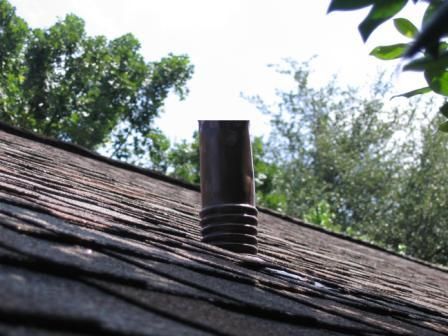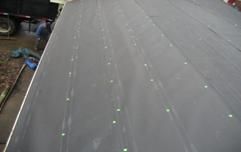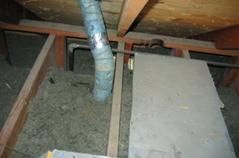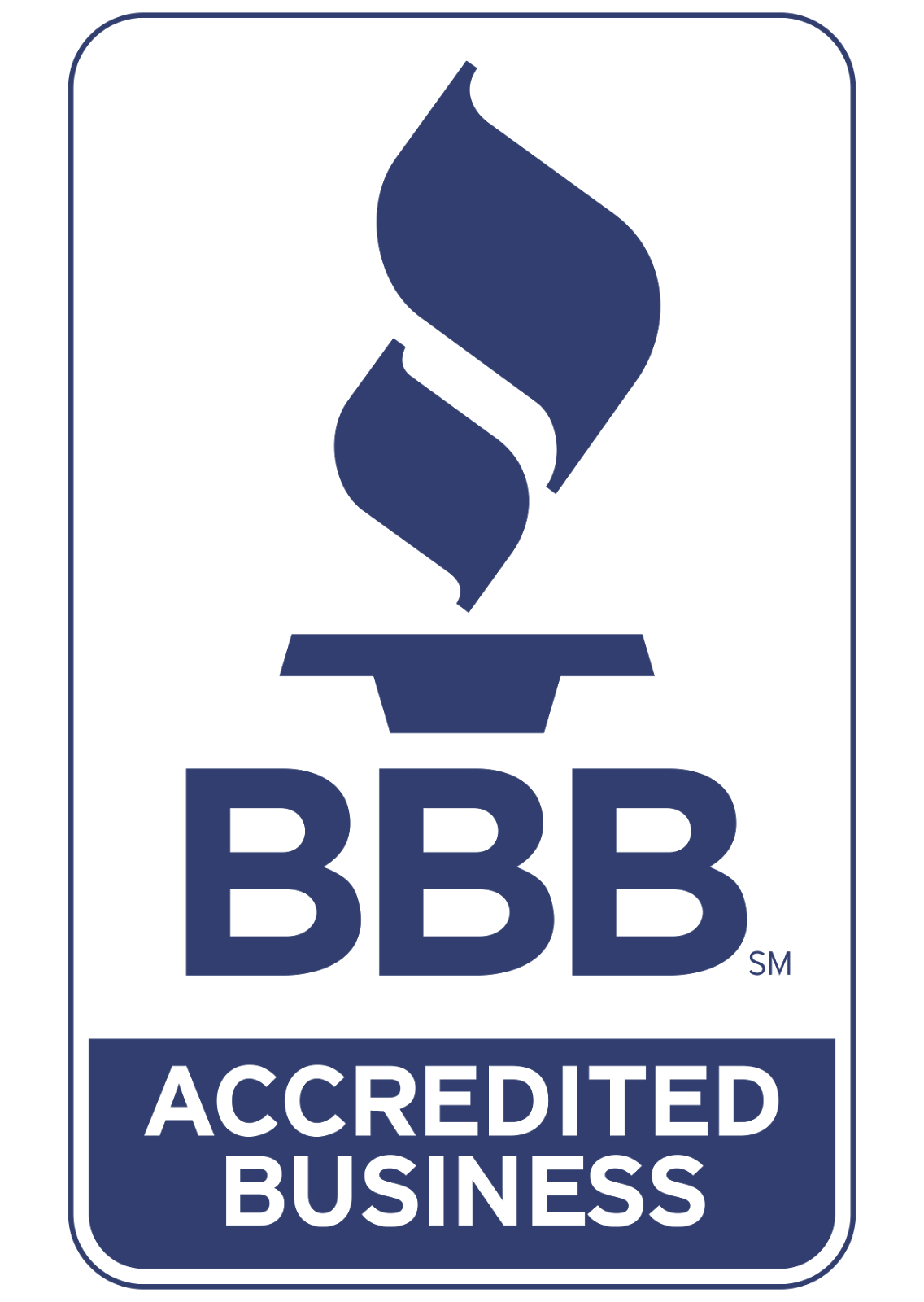The majority of home builders and roofing contractors use rubber pipe jacks to cover the vent pipes on the roof of your home. This flashing material contains plastic, rubber, or both. Both of these materials do not hold up well in the hot Texas sun over time. As they age, they do not tolerate relatively small hail hits or any movement in the pipes. As a result, they crack, which allows water leaks to occur before the roof’s life is over. In most cases, after five years, this rubber is cracked. At Aegis Quality Services, we prefer to use lead jacks around our vent pipes that will easily outlive your roof. This removes another potential for roof leaks, and the extra cost is well worth the investment with a dependable roof that does not leak water into your home.
Our Standards
We offer a 3 year, a 7 year and a Limited Lifetime Workmanship Warranty on all of our new roof installation work. This is possible due to our high roofing standards that include the following:
Lead Jacks
Ice and Water Shield
Starter Shingles
New Felt Paper
Checking all external vent pipes
Clean as we go
7/8” (short) Nails
Many home builders incorrectly place the air conditioning freon line next to the roof decking. Of course, this is not a good place for your cooling lines to be, close to the hottest part of your home, but it does happen (a lot). When we roof your home, we use shorter 7/8" nails in that area to reduce the possibility of hitting that line and causing air conditioner problems.
All Exposed Nails are Caulked
Many roofing contractors do not use caulk, or use the wrong type of caulk, on exposed nails. Exposed nails rust and eventually begin to leak water into your home as they shrink in size. AQS uses the best roofing caulk products on the market on all exposed nails. Anything less is unacceptable.
Painting all pipes
Not only does it look good but it can slow down the rusting process of the metal on your roof.








